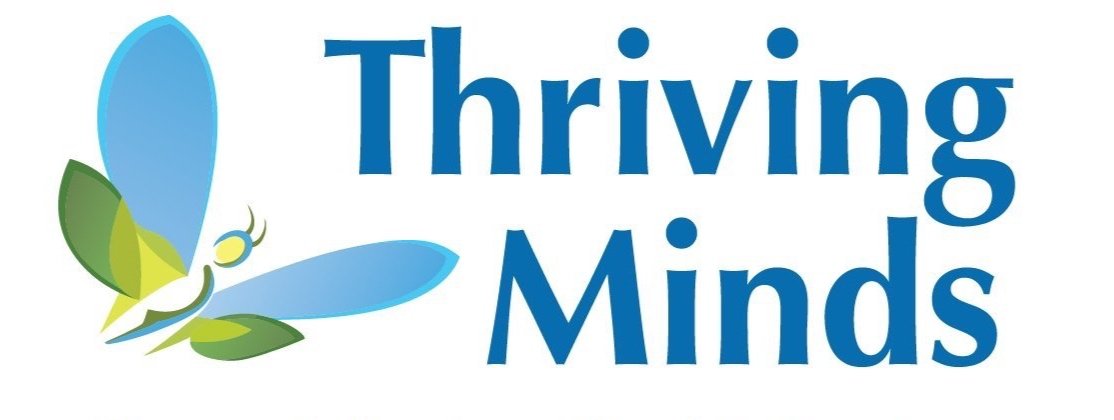What is OCD?
There are many misunderstandings of what OCD is (and is not), which makes actually identifying OCD difficult. Many, if not all of us, have heard someone say “I’m a little OCD”, but what does that really mean? This article will discuss obsessive-compulsive disorder (OCD), breaking down intrusive thoughts, obsessions, and compulsions.
Before delving into the subject of obsessive-compulsive disorder (OCD), it's important to address intrusive thoughts. Intrusive thoughts are a common experience for everyone, characterized by thoughts that enter our minds spontaneously and without intentional control. For example, have you ever been driving and had the thought “ "What if I swerved my car into oncoming traffic?" or "Did I remember to lock the doors at home? What if someone breaks in?" Many individuals can relate to these experiences. For majority of people, these thoughts come into our heads and are easy to be dismissed our laughed off before going back to the task at hand. However, for people with OCD, these thoughts are “stickier.” They increase anxiety, and come with an urge to do something to feel better, whether it makes “logical” sense or not.
Obsessions versus Compulsions
Obsessions are unwanted, intrusive thoughts, images, or impulses that don’t go away easily and are distressing. When a person’s obsession is triggered, they may feel anxiety, disgust, guilt, uncertainty or other uncomfortable emotions. With increase in distress, the person feels the need to engage in a compulsion, which is any behavior, routine, or ritual to lower distress. Compulsions can be internal, such as mental routines, or external, observable behaviors, such as hand washing or checking to make sure the doors are locked.
Obsessions and compulsions can cover a wide range of subtypes, or “themes”, and are not limited to germs, handwashing, or making things tidy. The attached website provides a list of some common subtypes of OCD. Often, a person will have multiple obsessions and compulsions, and OCD theme intensity may vary.
Can You Just Think You Way Out of It?
If OCD underlies these intrusive thoughts, simply relying on rational thinking isn't a viable solution. You can't just "logic" your way out of OCD. Individuals with OCD often recognize that their thoughts and behaviors are intense, illogical, or improbable. However, the anxiety accompanying these thoughts can be so overwhelming that refraining from performing compulsions doesn't seem feasible. OCD can be tricky, jumping to a different theme or poking at areas of uncertainty.
To illustrate this, let's consider an example involving a person with contamination fears, a subtype of OCD. Imagine someone experiencing contamination OCD who has an obsessive thought like, "I touched a doorknob, now I'll get sick," leading to increased anxiety. They may feel compelled to wash their hands excessively to alleviate distress. Some of you might relate to this scenario and think, "Well, I do that too! Doorknobs are gross!". That's a valid observation. In isolation, these thoughts and behaviors aren't concerning if you can simply wash your hands once and carry on with your day. However, a cycle begins with OCD where these obsessions and compulsions can grow bigger and bigger, getting more intense, time consuming, and begin to get in the way of important daily life activities. In the short term, doing the compulsion is rewarding and temporarily lowers distress. In the long term, engaging in the compulsion increases anxiety and dependency on the compulsion, making the person feel that the compulsion is the “only way” to lower distress.
What does OCD treatment look like?
Treatment for OCD has been extensively researched and is supported by a substantial body of evidence. The gold standard approach for OCD is cognitive-behavioral therapy with exposure and response prevention (CBT with ERP). This treatment involves confronting one's fears, resisting the urge to engage in compulsions, and discovering that the anticipated outcomes predicted by OCD do not always materialize. Additionally, individuals learn that they can endure distress and that feelings of anxiety are not permanent. CBT with ERP empowers individuals with OCD to regain control over their lives. By systematically confronting their fears and resisting compulsions, individuals can gradually reduce the grip OCD has on their thoughts and behaviors, leading to significant improvements in their overall well-being.
Helpful Resources
For more on OCD, check out the International OCD Foundation website which has incredible resources and information for individuals with OCD and their loved ones. For children with OCD, the Child Mind Institute has a helpful page providing more information on how OCD may present, treatment options, and collaborating with the school. Several books have been published to help children “bully back” OCD such as What to Do When Your Brain Gets Stuck: A Kid’s Guide to Overcoming OCD and Standing Up To OCD Workbook for Kids. If you are seeking treatment for a child you suspect has OCD, Thriving Minds does treat OCD using CBT with ERP and would be happy to support your family. To make an appointment for a consultation with a provider, click here.

